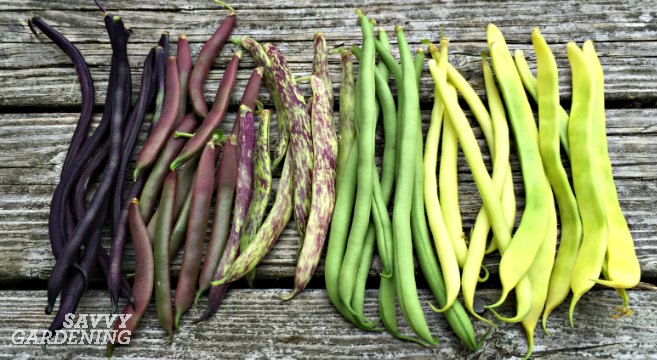This post may contain affiliate links. If you make a purchase through links on our site, we may earn a commission.
As a gardener with twenty raised vegetable beds, I’ve learned a lot of time-saving gardening tips. I love working in my garden, but I also want to enjoy the space. I don’t want to always be weeding and watering, but instead, I want to spend time watching the hummingbirds, bees, and butterflies, as well as savouring an occasional al fresco meal in the dining area we recently installed beside the garden – talk about garden to table! Therefore, I’ve become a savvy gardener who knows that working smarter doesn’t mean working harder. Here are some of my best time-saving gardening tips.
Related post: Tara’s tips on growing tomatoes in raised beds
Niki’s 5 time-saving gardening tips:
1) Garden in raised beds – There are so many benefits to raised beds; the soil warms up early in the spring, they provide excellent drainage, they allow you to garden in areas with bad or rocky soil, they’re convenient for use of season extenders like mini hoop tunnels, and you can plant intensively in them which means more food in less space. This past spring, inspired by Tara’s best-selling book, Raised Bed Revolution, I revamped my entire garden and installed twenty new raised beds. (If you missed that post, catch up HERE.)

Related post: 6 things every new vegetable gardener needs to know
2) Pick easy-to-grow vegetables – Experienced vegetable gardeners know that certain crops are more work than others. Broccoli, cabbage, and cauliflower, for example, are plagued by cabbageworms, while carrots – one of the most common garden crops – can be notoriously tricky to germinate. Instead, opt for lower maintenance vegetables like bush beans, zucchini, cherry tomatoes, potatoes, and salad greens.
3) Mulch – One of the reasons my garden is so low maintenance is that I pair my raised beds with a layer of mulch; usually shredded leaves or straw. The mulch is added in late spring, after planting and preferably after a rain too. This helps conserve soil moisture and reduces the need to water. Plus, the mulch discourages weeds – win-win!!

4) Stake early – Sometimes, in the rush of spring planting, I don’t get around to staking my tomatoes right away. By the time I come back to the task, the plants have begun to sprawl and tangle together. Oops! Lesson learned; a well staked garden saves valuable time, looks tidy, results in healthier plants (because they aren’t sitting on the soil where soil-borne diseases can spread), and allows quick and easy harvesting. No need to try and find tomatoes that are hiding beneath a jumble of vines.
5) Try some perennial crops – Among the easiest edibles to grow are those that come back every year. Try tucking perennials like rhubarb, sorrel, asparagus, lovage, ‘Kosmic’ kale, or herbs like thyme, sage, and lemon balm, in and around your vegetable garden. Or, create a ‘perennial’ bed for these hardy crops, that way, you don’t have to worry about accidentally damaging them as you plant annual vegetables.
Do you have any time-saving gardening tips you can share with us? If so, please comment below.




Probably the key one is to install an automatic watering system be it sprinklers, micro-irrigation or drip. I’m sitting right now typing this in my deck while my garden is watering itself – we’re currently in a heat wave here in Victoria,BC Without the system I would have to drag my watering hose around the garden for two hours probably every second day!